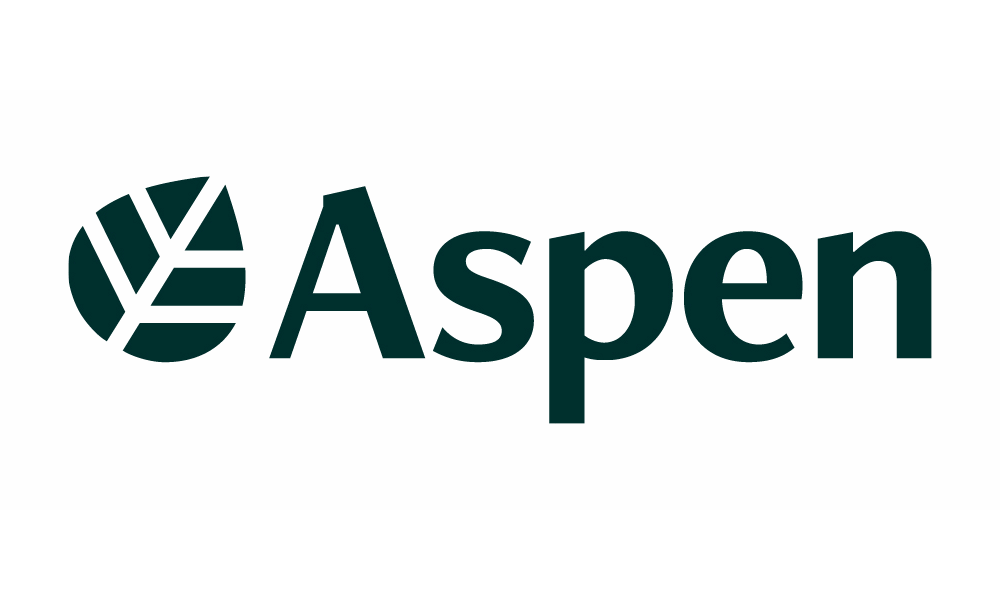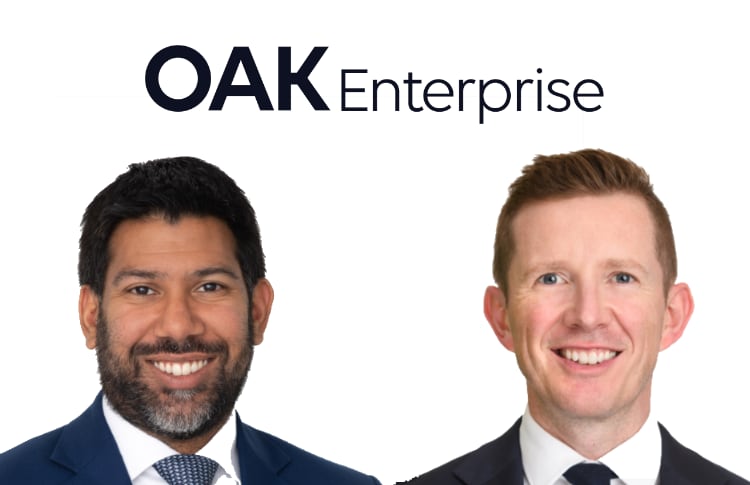
The first-quarter 2025 results of global re/insurer Aspen drives home the importance of the growing fee income the company has been generating through its Aspen Capital Markets third-party, ILS and alternative reinsurance capital management unit.Recently Aspen reported that its overall underwriting income for the first-quarter of 2025 was $27.2 million, a decline from the $89.5 million reported in the prior year.The main driver of the decline was for the three months ended March 31st 2025, which was largely driven by $91.4 million, or 13.0 combined ratio points, of pre-tax catastrophe losses related to significant industry events, including the California Wildfires and other severe weather losses.The entire industry has been challenged by catastrophe losses in the first-quarter of 2025, with the California wildfires an outsized and unexpected event for the period, while severe weather impacts continued.
Aspen’s net income fell to $36.8 million for Q1 2025 from $111.8 million in the prior year period, while net income available to shareholders declined to $19.9 million from the previous year’s $98.2 million.All of which makes the contribution of the Aspen Capital Markets fee income particularly beneficial in the first-quarter of 2025.As we reported before, when Aspen launched its recent IPO, the company disclosed that fee income earned by its Aspen Capital Markets division had reached an unaudited $45.6 million for Q1 2025.
That unaudited figure has now been confirmed, in the latest results statement from the company.It represented an impressive 36% increase on the $33.6 million of fee income generated by the Aspen third-party reinsurance capital management business unit earned in Q1 2024.The income generated by Aspen Capital Markets represents ceding commissions and the company accounts for this as a reduction to acquisition expenses.
Which expense is detailed in the consolidated statement of operations and comprehensive income, meaning a simplistic view would be that absent the fee income from Aspen Capital Markets the net income figures may actually have been losses.As we say, that is too simplistic a calculation and we do not know precisely how Aspen accounts for these fees within its business.But it is undeniable that with net income of $36.8 million for the quarter and fee income having reached $45.6 million for the period, the earnings generated by its third-party and ILS capital management business provided meaningful benefits to Aspen in the period.
A key driver for the increase in fee income in the latest quarter is the fact .That figure sat relatively flat by the end of Q1 2025.As we also reported recently, Aspen’s third-party capital business activities are one of the more diverse in the industry, with half of the fee income earned in calendar year 2024 generated from managing casualty insurance and reinsurance opportunities for its investors.
It shows how a differentiated approach to third-party reinsurance and ILS style capital management at a traditional re/insurer is delivering meaningful benefits that support the company and also help to support earnings for its shareholders as well.Which provides an excellent example of why, for a traditional re/insurance player, designing a strategy to share in the risks and rewards of its underwriting more directly with third-party investors can provide a meaningful and supportive source of incremental income.Aspen Capital Markets is just one of the dedicated insurance-linked securities (ILS) fund managers, and reinsurers offering ILS-style investment opportunities, listed in our ..
All of our Artemis Live insurance-linked securities (ILS), catastrophe bonds and reinsurance can be accessed online.Our can be subscribed to using the typical podcast services providers, including Apple, Google, Spotify and more.
Publisher: Artemis








